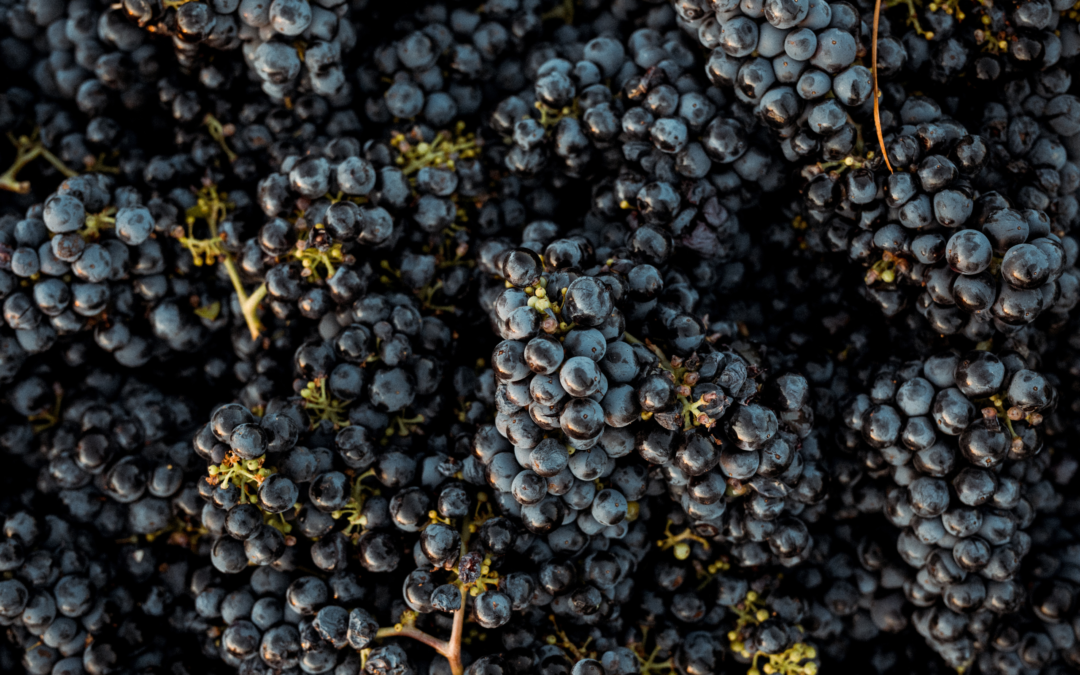MONDAY, NOVEMBER 21, 2022. BY STAN GRANT, VITICULTURIST.
Although Petite Sirah is firmly associated with California, its homeland is southeast France. There the variety is known as Durif after Dr. Francois Durif, the French nurseryman who first discovered and propagated it around 1880. Durif is a hybrid of the Rhone varieties Syrah and Peloursin. In its native land, Durif is neglected and it is not included among French-certified varieties.
Petite Sirah in California and Beyond
Foundation Plant Services (FPS) at UC Davis adopted Durif as the official name for this variety, which they use for their foundation vineyards and the primary source materials they provide nurseries for grapevine production. Most major California nurseries have also adopted the Durif name. However, Durif remains Petite Sirah for most of the California wine industry much the same way the Australian wine industry continues to refer to Syrah as Shiraz. Currently, FPS has eight Durif selections in its collection. Of these, Durif-03 is the only selection extensively planted and at this time, we know little about the others.
Durif was an early (circa 1884) wine grape introduction into California. Charles Mciver, the founder of Linda Vista Winery near Mission San Jose, brought it from France and he was among the first to call it Petite Sirah. After 1897, Petite Sirah became an industry staple for the production of blended red wines. Since that time, it has proven itself to be adapted to all but the very warmest and very coolest California grape-growing regions. Many early Petite Sirah vineyards were mixed plantings that included other varieties, such as Zinfandel, Carignane, Barbera, Syrah, and Peloursin.
In the 1970s, Concannon Vineyard and Souverain began producing Petite Sirah varietal wines and others followed, including David Bruce, Paul Masson, Mirassou, Wente Brothers, Fetzer, Parducci, and Bynum. Bogle Family Wine Collection is currently the largest producer of California Petite Sirah wine.
In California, Petite Sirah lends itself to full-bodied, deeply colored, tannic, fragrant, and sometimes, peppery wines with long aging potential. Petite Sirah is also an important blending partner for varietal Zinfandel, as well as for many other California varietal and non-varietal red wines.
Although it is widely planted in California, Petite Sirah occupies fewer acres than most other varieties associated with varietal wines. Mexico, Brazil, Argentina, and Australia also have Petite Sirah plantings.
Petite Sirah Viticulture
Petite Sirah has inherently moderate shoot growth vigor, noticeably less than Zinfandel. It also has a draping, willowy growth habit like its parent Syrah (Figure 1). Accordingly, Petite Sirah benefits from trellises that provide foliage support.
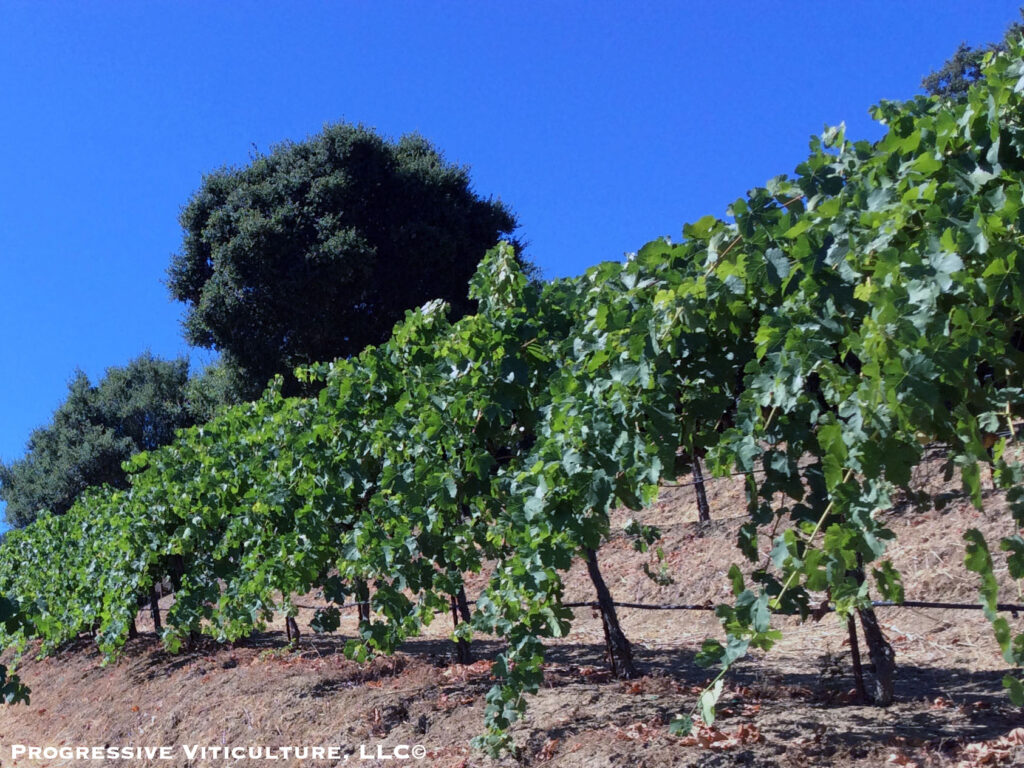
Figure 1. The draping shoot growth habit of Petite Sirah evident on a terraced vineyard. (Photo Source: Progressive Viticulture, LLC©)
Petite Sirah partitions a large portion of its shoot growth into fruit rather than leaves. Consequently, it has the capacity to produce large fruit yields and is prone to overcropping (Figure 2). Correspondingly, early in the growing season, manage Petite Sirah for prompt development of full canopies and thin clusters as needed to ensure a favorable balance between leaf area and crop. Failure to do so can lead to declining growth vigor and ultimately, vine death (Figure 3). To facilitate the management of leaf area to fruit balance, train Petite Sirah vines with no more than eight feet of cordon on deep, loamy soils and less cordon on more restrictive soils.
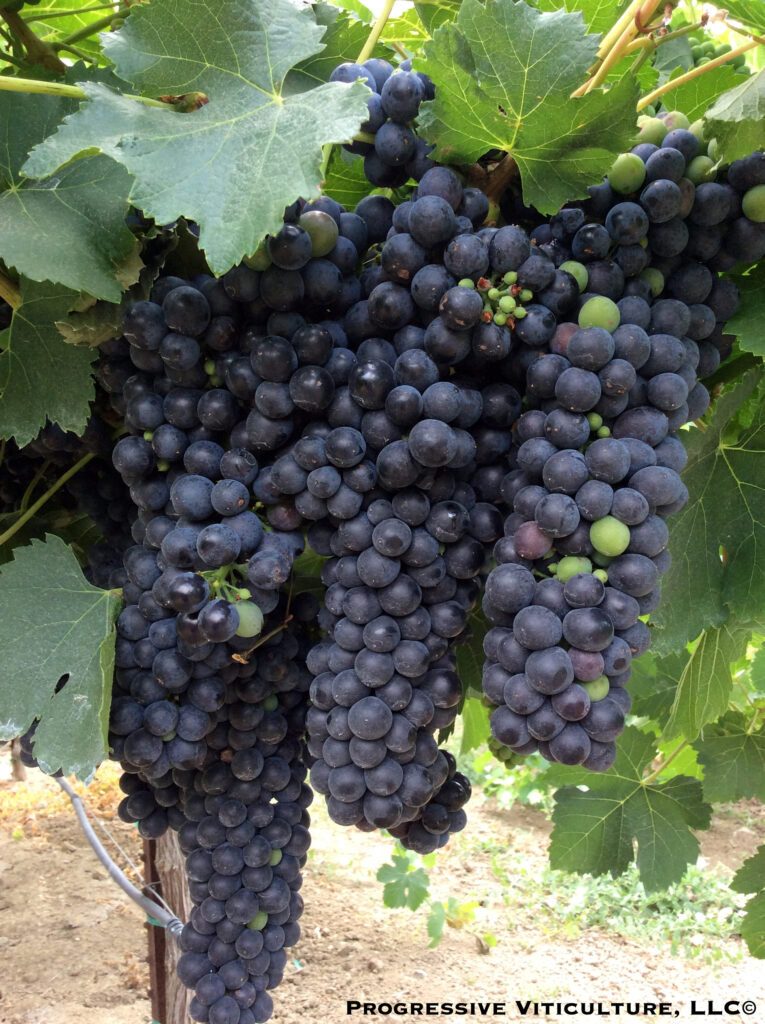
Figure 2. Petite Sirah is fruitful and tends to produce large crops. (Photo Source: Progressive Viticulture, LLC©)
Another characteristic of Petite Sirah is its tendency to produce fascinated (broadened, flattened, and sometimes celery stalk-like) stems, forked shoots that split at nodes, and clusters with forked tips. These features are more common and pronounced in some years than others, but they regularly occur to some degree. The causes of fasciation and forking are unknown, but fortunately, they have negligible influences on grape yield and quality.
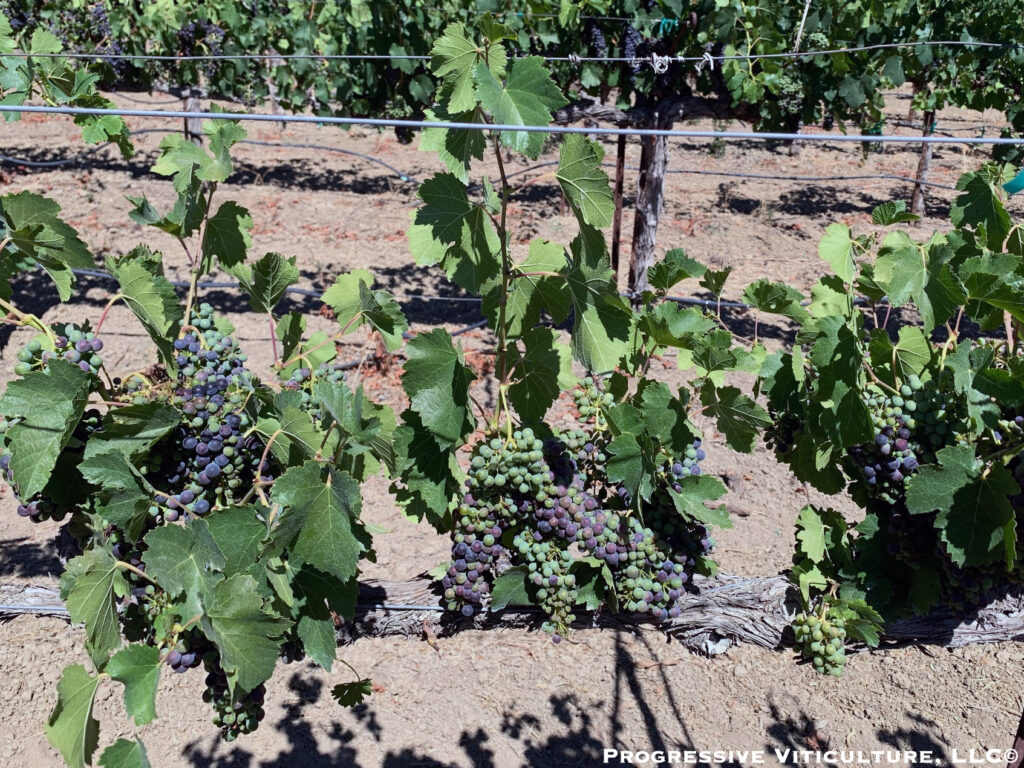
Figure 3. A declining Petite Sirah vine due to stresses associated with repeated overcropping. (Photo Source: Progressive Viticulture, LLC©)
Fungal diseases are important concerns for Petite Sirah. Although rated as slightly susceptible to powdery mildew, Petite Sirah is highly susceptible to cordon and trunk diseases, Phomopsis cane and leaf spots, and bunch rots (Figure 4). Controlling these diseases requires a multifaceted approach involving sanitation and fungicides to control disease inoculum and protect tissues, late pruning to avoid wound infections, canopy management inputs to limit dormant season pruning wounds and to create a well-aerated fruit zone, and gibberellin to loosen clusters. Of course, the proper timing of disease control measures is critical to their success.
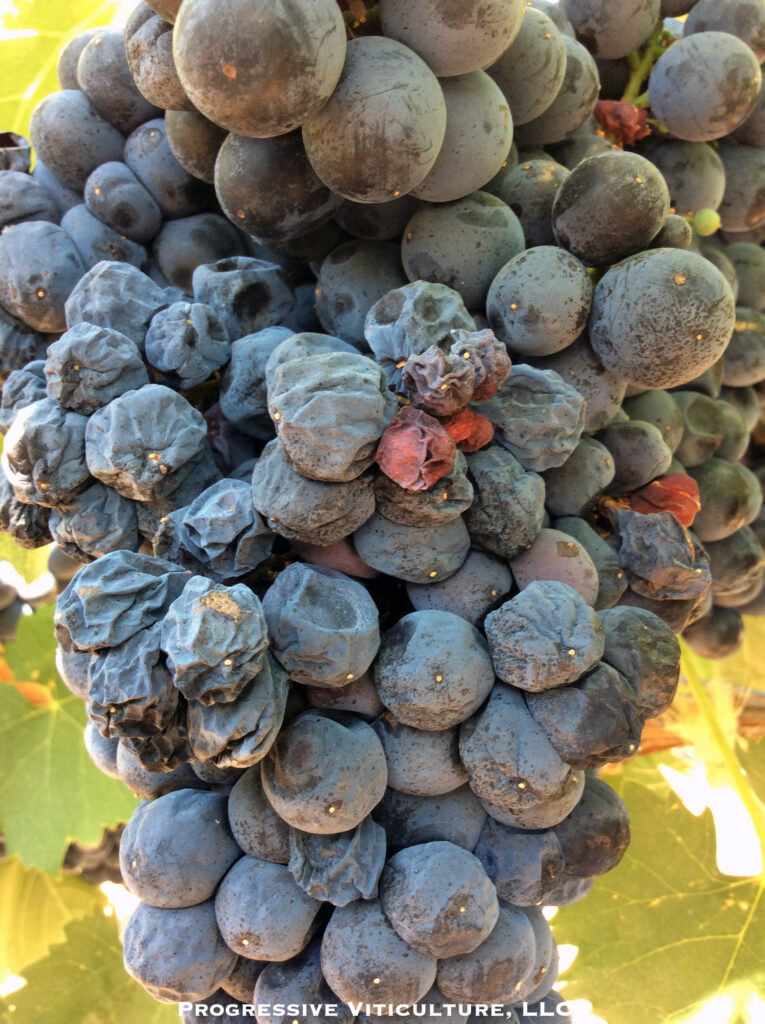
Figure 4. A bunch rot infected the Petite Sirah cluster during ripening. (Photo Source: Progressive Viticulture, LLC©)
In the viticultural literature, there are statements indicating Petite Sirah fruit is susceptible to shriveling. In my experience, Petite Sirah berry shrivel is typically limited to those exposed to direct sunlight, as occurs on outer cluster surfaces on some vertical shoot positioned (VSP) trellises.
To minimize berry shrivel and other sun-associated defects, exercise caution while pulling leaves from fruit zones, retaining a single leaf layer with gaps on the afternoon sun side. In some instances, lateral shoot removal, rather than complete fruit zone leaf removal may be preferable for achieving this effect (Figure 5). Even with careful canopy management, however, Petite Sirah fruit often shows some degree of shriveling at harvest because many wineries prefer to receive it when soluble solids are 25o Brix or higher.
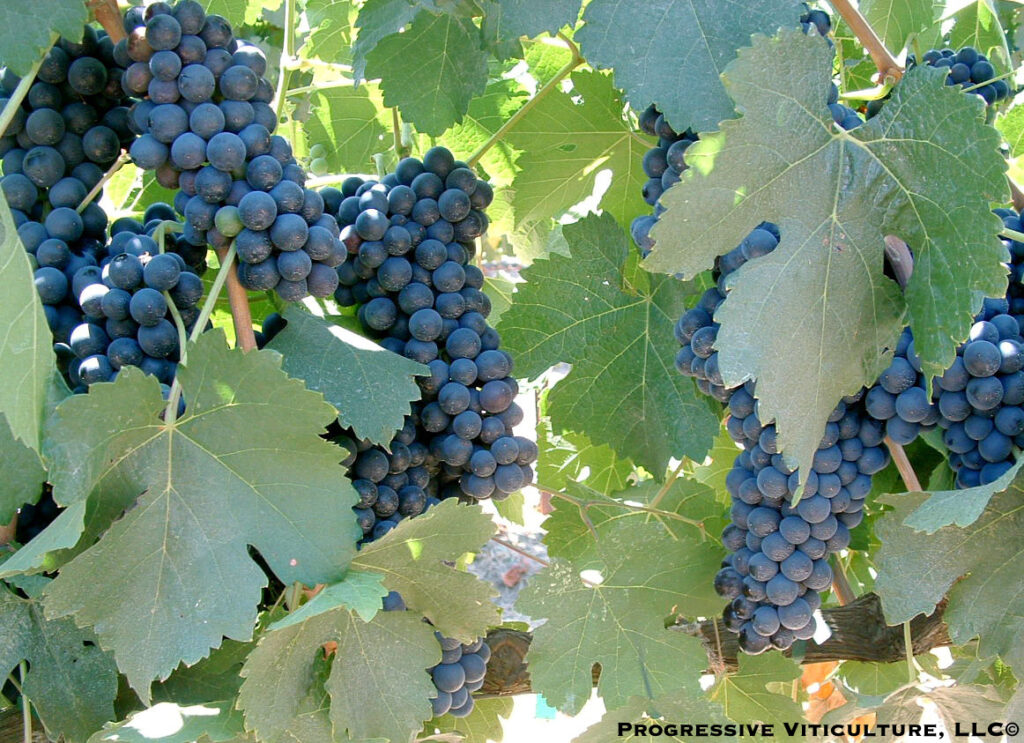
Figure 5. The fruit zone of a Petite Sirah vine on a vertical shoot positioned (VSP) trellis with only lateral shoots removed. (Photo Source: Progressive Viticulture, LLC©)
Petite Sirah is not particularly prone to mineral nutrient deficiencies, although complete canopy development may require supplemental nitrogen and timely fruit maturation may require supplemental potassium. It is also comparatively well adapted to water stress, especially when grafted onto a drought-tolerant rootstock.
Conclusion
With an appropriate vineyard design and conscientious vineyard management, Petite Sirah can consistently produce economically viable yields of high-quality fruit. When all things are considered, Petite Sirah is a good fit for much of California and it is our good fortune that it is here.
A version of this article was originally published in the Mid Valley Agricultural Services September 2013 newsletter and was updated for this blog post.
Further Reading
Adams, LD. The Wines of America. 4th Ed. McGraw-Hill Publishing Company, New York. 1990.
Grant, S. Integrated bunch rot management for winegrape vineyards. Lodi Winegrape Commission Coffee Shop. (lodigrowers.com). June 15, 2021.
Grant, S. Integrated cordon and trunk disease management. Lodi Winegrape Commission Coffee Shop. (lodigrowers.com). February 10, 2020.
Grant, S. Shoot thinning (for multiple benefits). Lodi Winegrape Commission Coffee Shop. (lodigrowers.com). May 02, 2017.
Grant, S. Cluster elongation to control bunch rot in winegrapes. Practical Winery and Vineyard. May 2013.
Weber, E. Durif. In Bettiga, LJ; Christensen, LP; Dokoozlian, NK; Golino, DA; McGourty, G; Smith, RJ; Verdegaal, PS; Walker, MA; Wolpert, JA; Weber, E. (Eds.). Wine Grape Varieties in California. The University of California Agriculture and Natural Resources Publication 34
Robinson, J. The Oxford Companion to Wine. 2nd Ed. Oxford University Press. 1999.
Robinson, J. Wines, grapes, and wines: the wine drinkers guide to grape varieties. Reed International Books, London, 1986.
Sullivan, CL. A Companion to California Wine. University of California Press, Berkeley. 1998.
Thompson, B. California Wine. Lane Magazine and Book, Company, Menlo Park. 1973.
Have something interesting to say? Consider writing a guest blog article!
To subscribe to the Coffee Shop Blog, send an email to stephanie@lodiwine.com with the subject “blog subscribe.”
To join the Lodi Growers email list, send an email to stephanie@lodiwine.com with the subject “grower email subscribe.”
To receive Lodi Grower news and event promotions by mail, send your contact information to stephanie@lodiwine.com or call 209.367.4727.
For more information on the wines of Lodi, visit the Lodi Winegrape Commission’s consumer website, lodiwine.com.
For more information on the LODI RULES Sustainable Winegrowing Program, visit lodigrowers.com/standards or lodirules.org.

